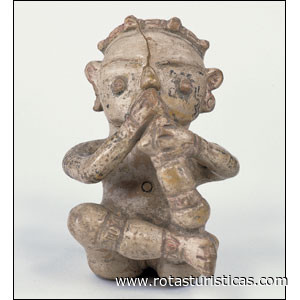Belém, Pará, Brazil
Suggest Place to Visit
474
Track to location with GPS |
 |
The Federal University of Pará museum was created in the 1980s to identify, disseminate, preserve and enhance regional and national artistic production. The building chosen to host it showed rare attention to the eclectic architecture that had emerged in the Amazon as one of the most important consequences of the so-called rubber cycle. Having Governor Augusto Montenegro as its first occupant, from whom he acquired the name by which he became known: Palacete Montenegro, the building was designed by engineer Filinto Santoro at the request of the governor himself.
Formed by the Royal School of Naples, the designer sought references in the Italian Renaissance and imported, exclusively from his country of origin, the materials for the execution of the work. It can be assumed that he employed predominantly Italian workers as was his usual work in Brazil.
The railings, the external railing and the frames, decorative elements and external lamps were brought from Milan, the marbles are also Italian, including that of the capitals on the facades. Some decorative elements of the façades, "putti", lions and mass flowers, may have been executed on the spot, but certainly with molds or design drawings.
The ceilings are made of wood or metal. The wooden ones received elaborate compositions in the wood itself or in decorative paintings such as “grotesque” in the main floor's living room. Metals are composed of pressed and painted plates, the dining room in petit bronze and the governor's office in meticulous decorative painting.
The walls were decorated in different motifs, in the simplest part, striped or floral, on the ground floor in an exuberance of motifs executed with molds. In the living room there are flowers and peacocks in gold and red, in the dining room marbled painting. An exceptional case is the dividing arch between the visiting and dining rooms. Two columns support the double arch that has a central shield with the governor's initials. On the side branches of coffee and cocoa, riches of Pará in the colonial period.
The floors are made of regional wood, as well as the "boiseries" that replace the finishing baseboards. The design of each room is different from the previous ones and elaborated according to the importance of the environment where it is located. The floors of the entrance hall differ, in Genoese mosaic, and those of the balconies that are in hydraulic tiles from the beginning of the 20th century. Noteworthy are the references to the fleur de lis, a symbol of France, that exist in the capitals, and in the decorated internal and external glass, demonstrating the governor's attachment to that country where he lived as a cultural attaché in Brazil. The fittings are in bronze and some doors have handles in art-nouveau design.
Other elements still deserve to be highlighted. Of the original fixtures, little has been preserved, however, eight silver fixtures remain, signed and referenced by the German company WF. The staircase, whose start is in embedded wooden bands, has a sinuous curve forming one of the most attractive points of the Museum. The construction system, using metal and brick arches, is considered innovative for the time and even today draws the attention of the engineering technicians who visit the building.
Unfortunately the bathrooms, in Italian marbles, or the service areas about which little is known, have not been preserved.
The garden was incorporated into the complex in the years 1948-50. The family that occupied the building at that stage bought six residences that were located on Avenida Generalíssimo Deodoro and demolished them to build a garden of neoclassical taste with pergolas, mass statues of Belgian origin and a central fountain in which they used an element of centerpiece. French origin.
In the 1960s, the residence was purchased by the Federal University of Pará to be the seat of the Rectory. It was then renovated and, being the period of the military dictatorship, it was stripped of most of the decorative details considered unsuitable for a building for official use. In 82, the Rectory moved to the Campus and the building was destined to the UFPA Museum created in 83 and installed in 85.
Strangely, a collection of its own was not foreseen and, as a result, the Museum did not have a technical reserve or funds to acquire works.
The Museum was run by the professors: Jane Beltrão, Geraldo Mártires Coelho, João Mercês, Vicente Salles and Lúcia Couceiro, until the turn of the 21st century, having varied directions from art gallery to documentation center. In 2003 Jussara Derenji takes over.
The building and the institution arrived in the 2000s in a very poor state of repair and without minimum operating conditions.
During a long period between the 1990s and the early 2000s, the palace suffered numerous losses in its architecture due to the lack of financial resources to maintain it. The museum in this period was already in poor condition. In 2003, the Augusto Montenegro Palace is listed by the Government of the State of Pará as a Historical Heritage Site and, in the same year, the director and architect Jussara Derenji takes over as director of MUFPA.
Comments
We don´t have yet any comments about:
Cultural Museum - Ufpa
Cultural Museum - Ufpa
Be the first to leave a comment as it is very important to inform other people
Outros locais a visitar
Within a radius of 20 km from:Cultural Museum - Ufpa
Museu Emílio Goeldi (Belém) |
| 0,8 Km |
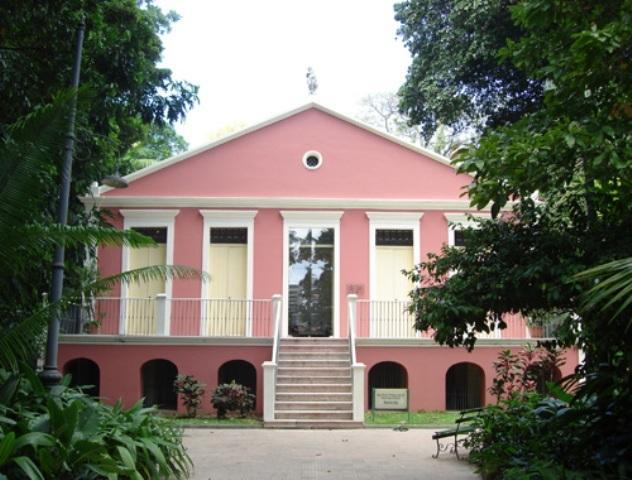 |
Museu Paraense Emílio Goeldi |
| 0,8 Km |
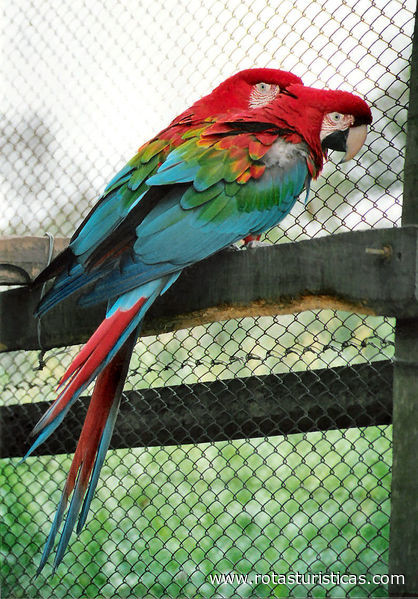 |
Centro Cultural e Turístico Tancredo Neves (Belém do Pará) |
| 0,8 Km |
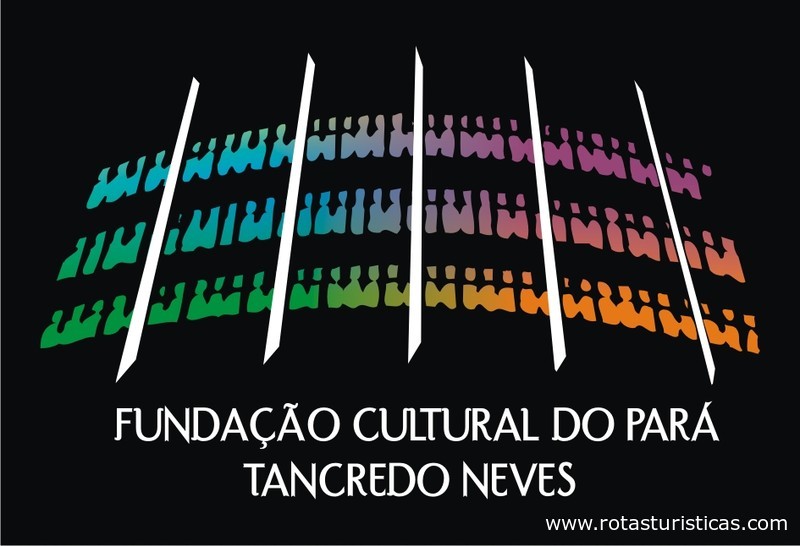 |
Parque da Residência (Belém) |
| 1,1 Km |
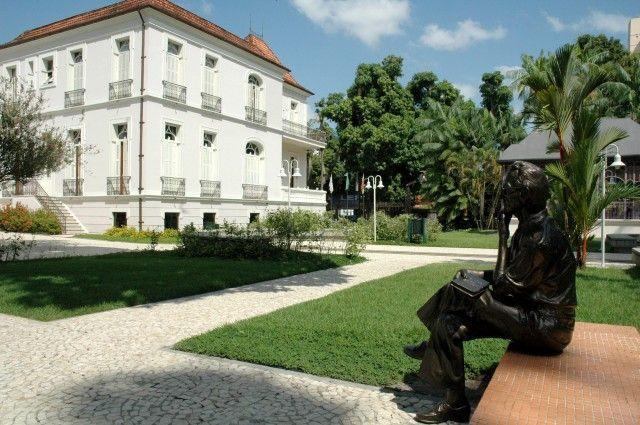 |
Centro de Memória da Amazônia |
| 1,1 Km |
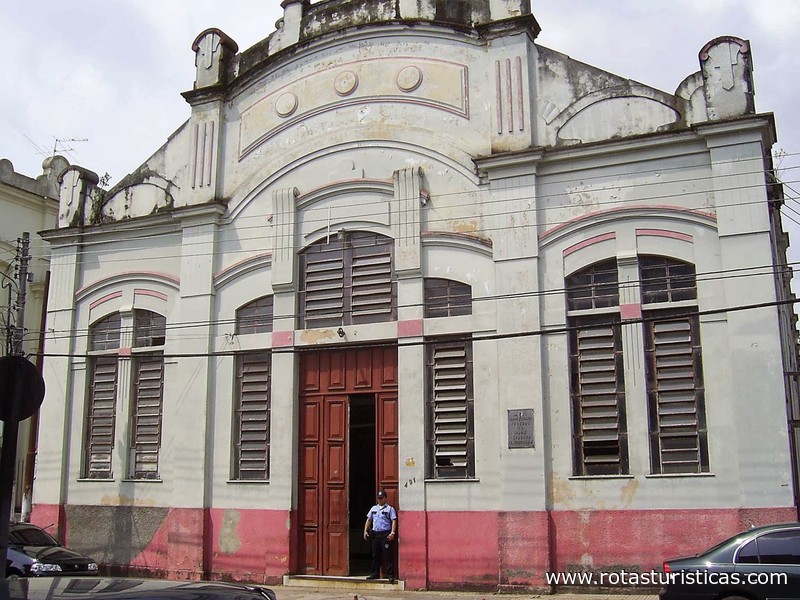 |
Praça da República (Belém do Pará) |
| 1,2 Km |
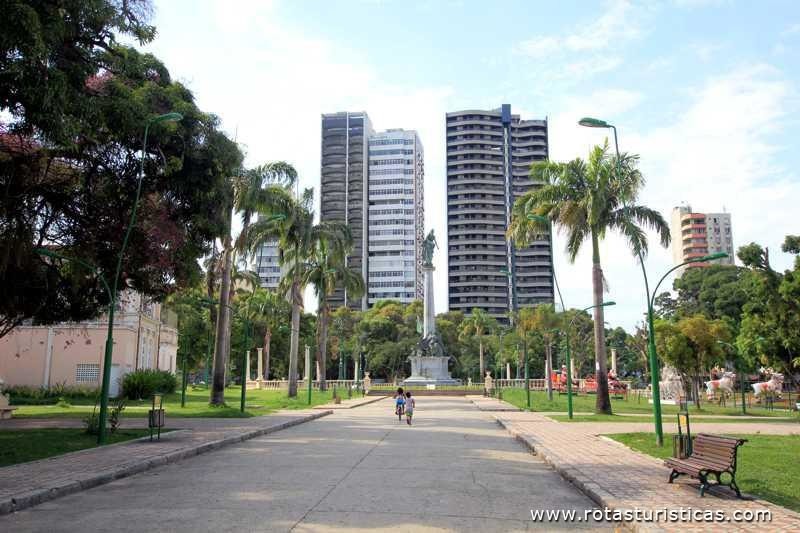 |
Belém - Informação Geral |
| 1,3 Km |
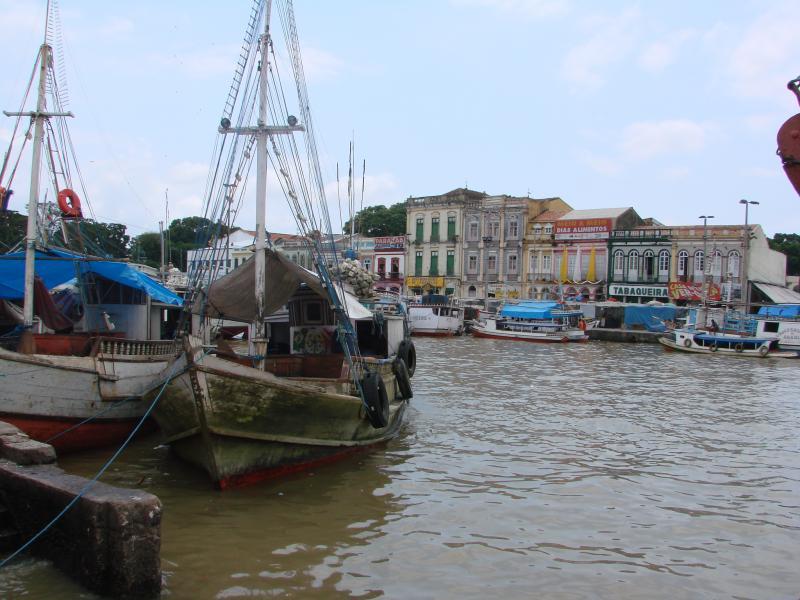 |
Praça Batista Campos (Belém do Pará) |
| 1,3 Km |
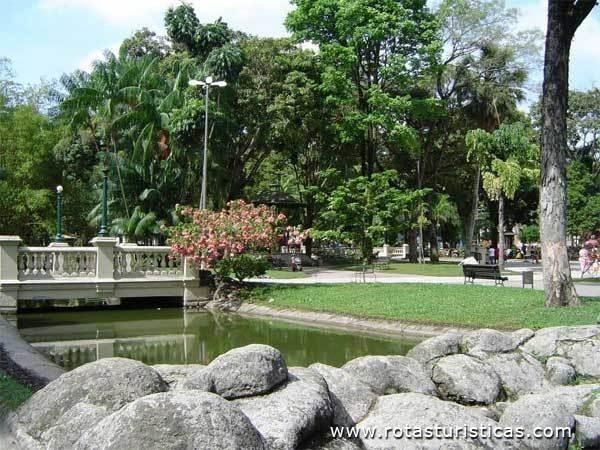 |
Mercado de São Brás (Belém) |
| 1,6 Km |
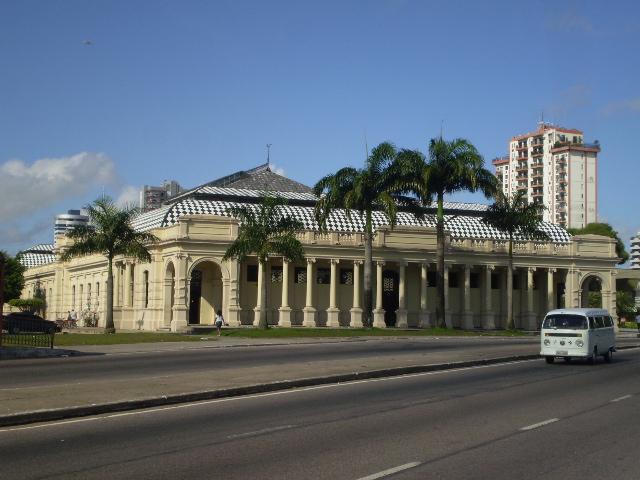 |
Estação das Docas (Belém) |
| 1,9 Km |
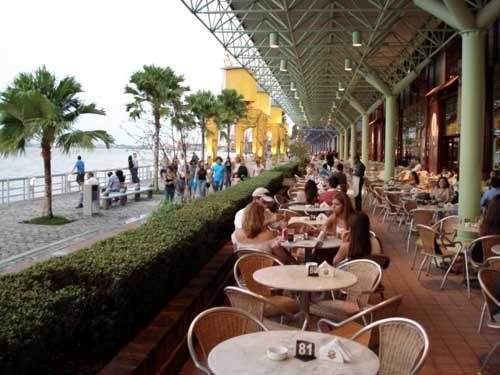 |
Espaço São José Liberto (Belém) |
| 2,1 Km |
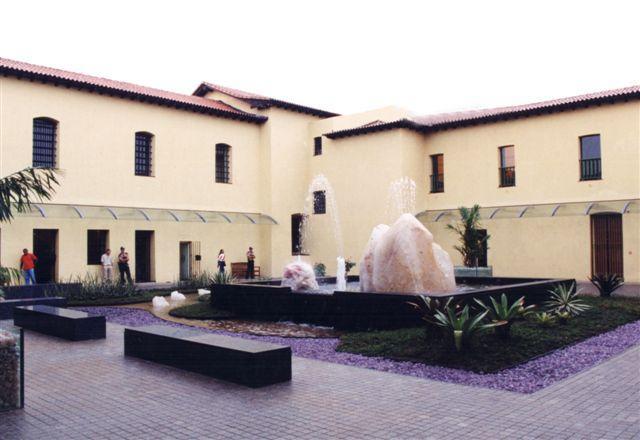 |
Mercado Ver-o-Peso (Belém) |
| 2,1 Km |
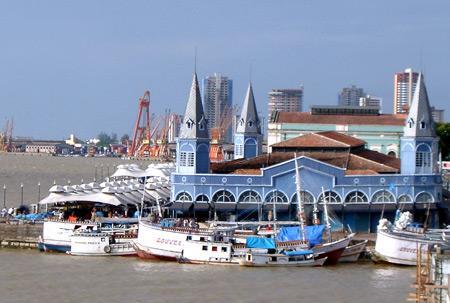 |
Cidade de Belém do Pará (Brasil) |
| 2,2 Km |
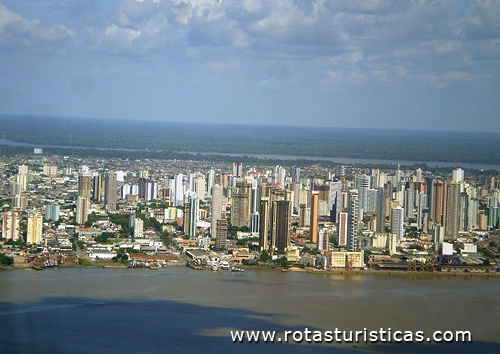 |
Praça Dom Pedro II (Belém do Pará) |
| 2,3 Km |
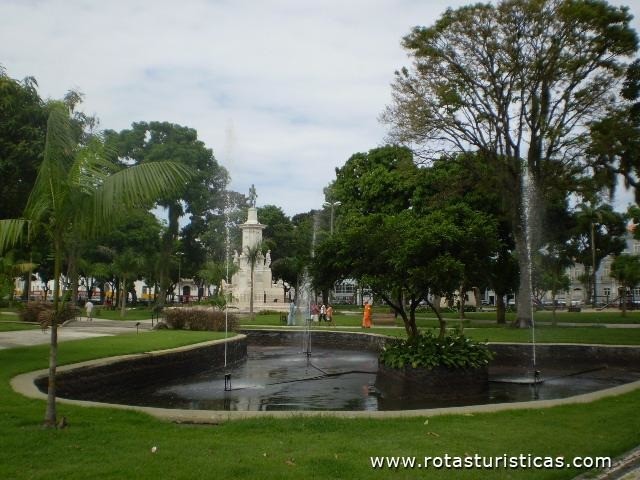 |
Igreja de São João Batista (Belém do Pará) |
| 2,3 Km |
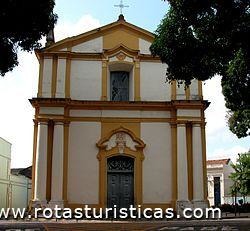 |
Catedral da Sé (Belém do Pará) |
| 2,5 Km |
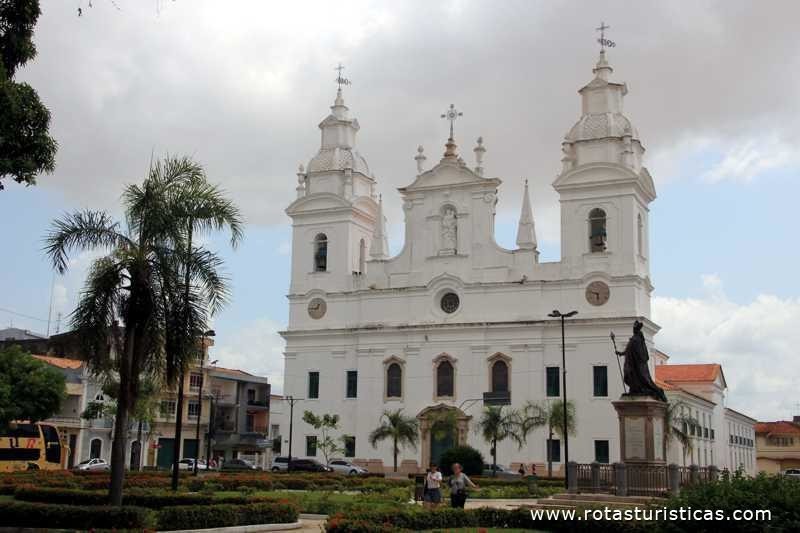 |
Forte do Presépio (Belém do Pará) |
| 2,5 Km |
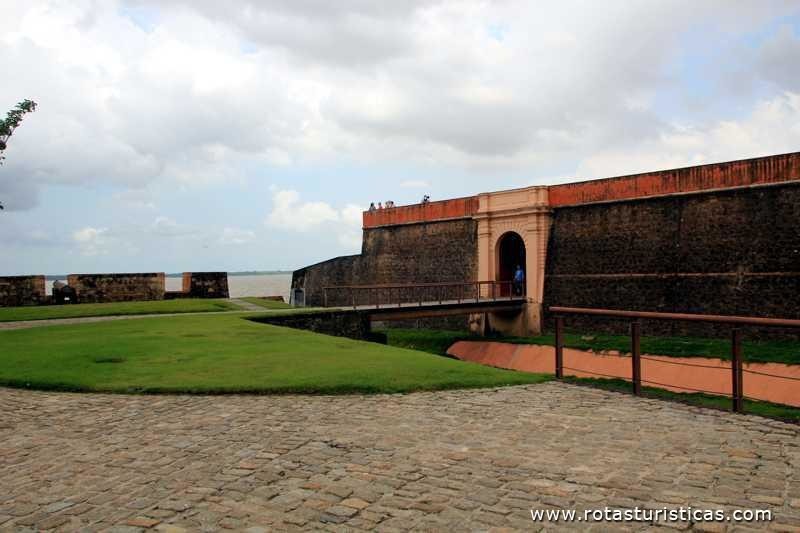 |
Complexo Turístico Feliz Lusitânia (Belém) |
| 2,5 Km |
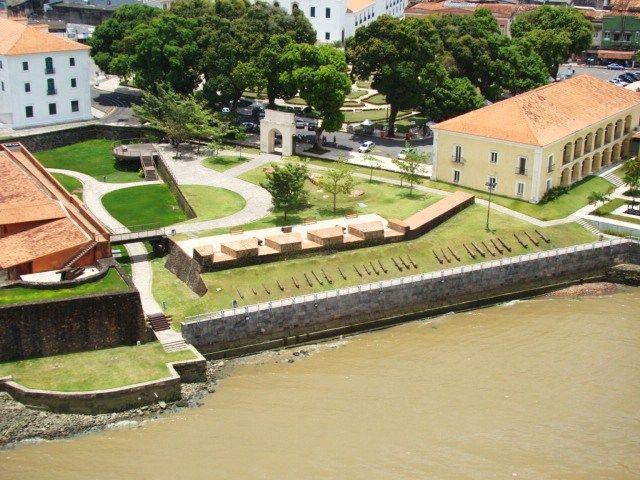 |
Casa das Onze Janelas (Belém do Pará) |
| 2,6 Km |
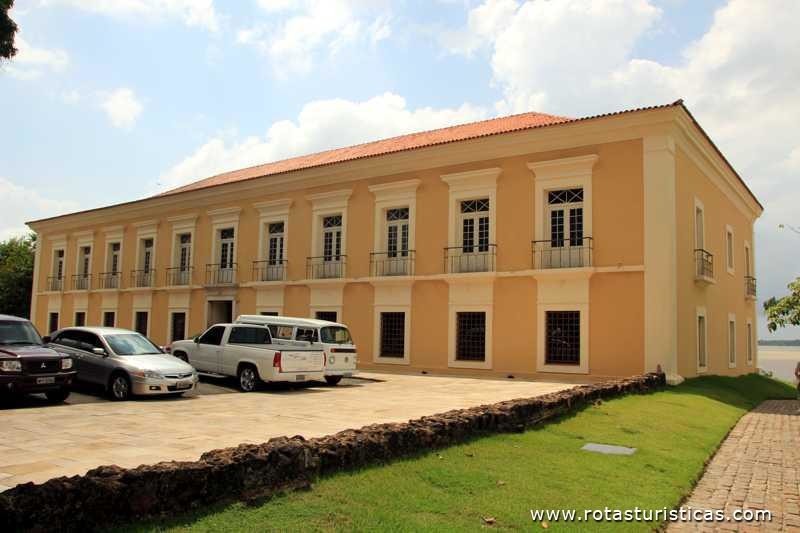 |
Igreja de Nossa Senhora do Carmo (Belém do Pará) |
| 2,7 Km |
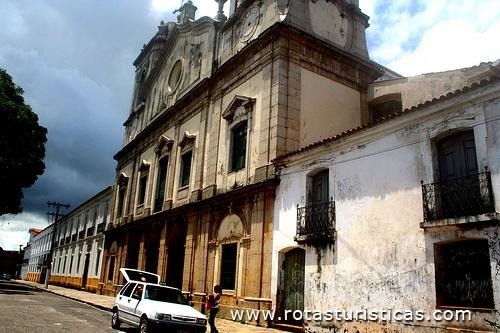 |
Mangal das Garças (Belém) |
| 2,9 Km |
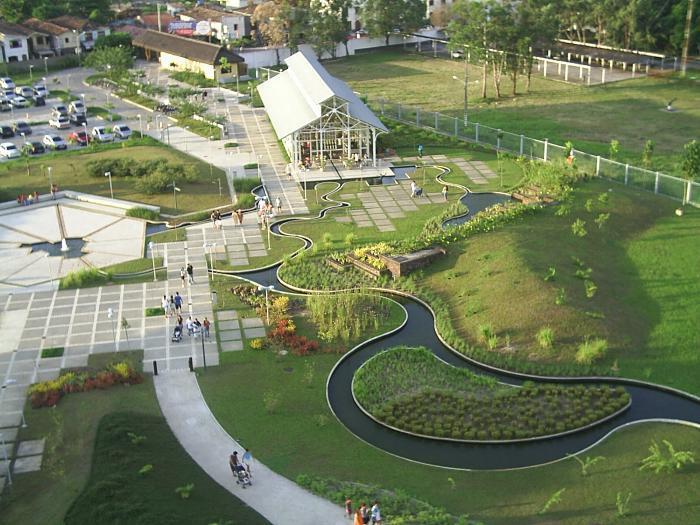 |
Jardim Botânico da Amazônia Bosque Rodrigues Alves (Belém) |
| 3,7 Km |
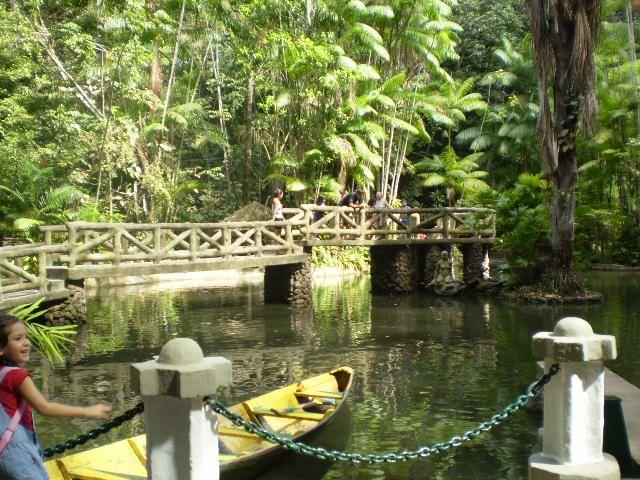 |
Centro de Ciências e Planetário do Pará |
| 8,9 Km |
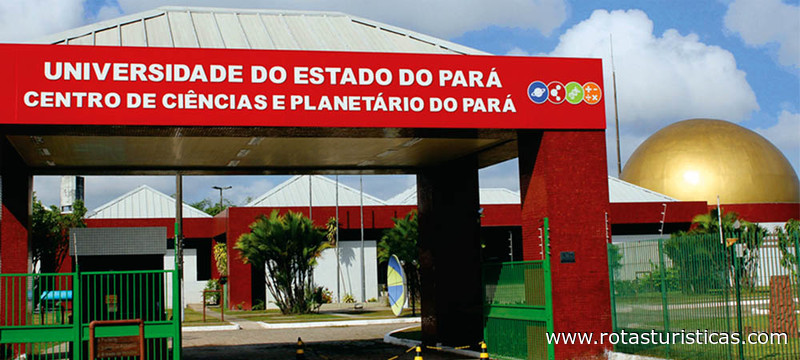 |
Hotel reservation near Cultural Museum - Ufpa within a radius of 20 km
Why to book with ROTAS TURISTICAS
The best prices
Our partnerships with the world´s largest operators offer research on the best market prices.
More options
At Rotas Turisticos you can book the hotel, buy the air ticket, book the transfer from the airport to the hotel and vice versa, book the local excursions, rent the car, take travel insurance and consult the places to visit and where to go.
Holiday Tips & Destinations
Hundreds of holiday destinations with all the options that allow you to easily choose the destination that best suits your dream vacation.
ROTAS TURISTICAS
Links


